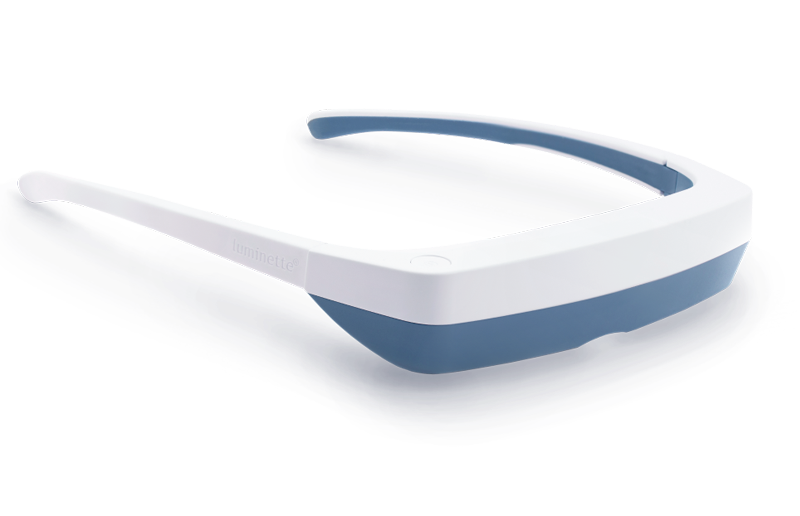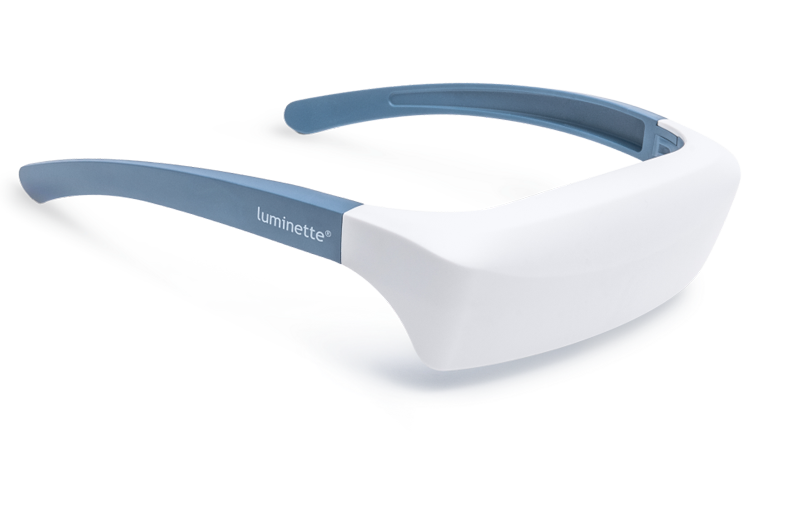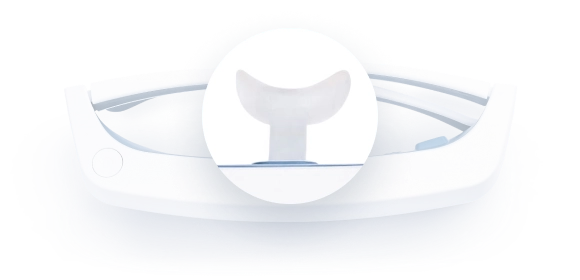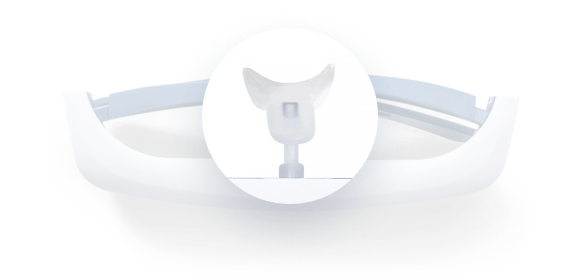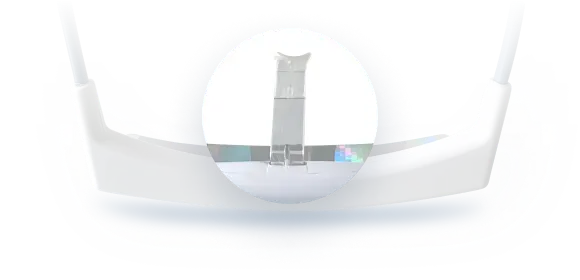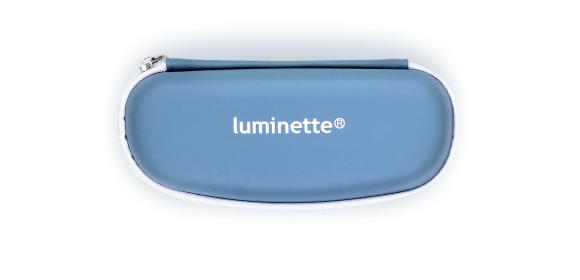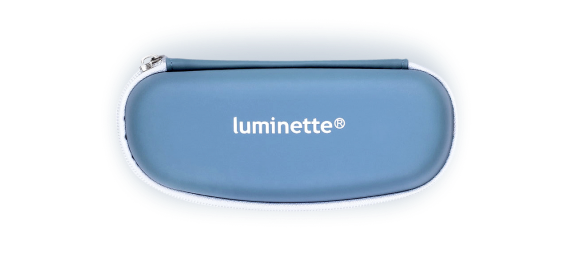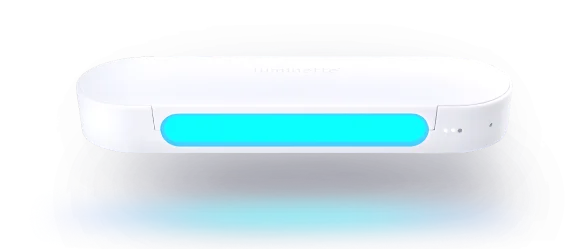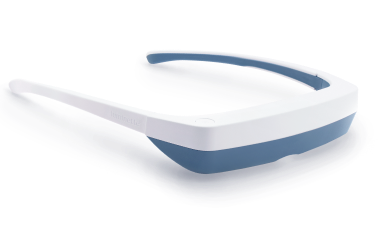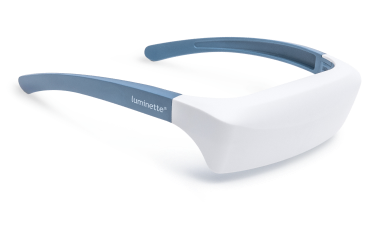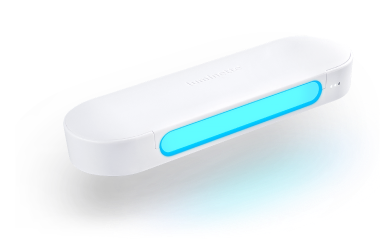Обзор светотерапии во время беременности
Светотерапия во время беременности включает воздействие ультрафиолетового света или оборудования для светотерапии в период вынашивания ребёнка в утробе.
Хотя лечение в целом безопасно для большинства групп населения, многих интересует, насколько оно безопасно для беременных женщин.
Прежде чем углубиться в детали светотерапии и беременности, давайте кратко обсудим, что это такое и как она работает.
Что такое светотерапия и как она работает?
Как упоминалось выше, светотерапия — это распространённая форма лечения, которая включает воздействие яркого ультрафиолетового (УФ) света или искусственного света (через световую панель или лампу), имитирующего естественный свет, но без вредных УФ-лучей, в течение определённого времени в течение дня.
При использовании лампы для сеанса убедитесь, что свет не светит прямо в глаза. Расположите лампу на расстоянии 16–24 дюймов от лица.
Обратите внимание, что свет, излучаемый лампами, предназначенными для фототерапии, может быть очень мощным, с интенсивностью воздействия часто достигающей 10 000 люкс. При такой интенсивности сеансы могут длиться всего 20–40 минут, при этом более длительные сеансы оказываются более полезными. Если используется устройство с меньшей интенсивностью, например 2 500 люкс, сеанс может занять до двух часов.
При регулярном и рекомендованном использовании фототерапия может влиять на настроение, улучшать концентрацию и помогать сном, тем самым регулируя ваше здоровье и психическое благополучие.
Почему светотерапия актуальна во время беременности
Во время беременности гормональные изменения часто приводят к усталости, нарушению сна и перепадам настроения — особенно у тех, кто чувствителен к сезонам с низкой освещённостью — некоторые эффекты сохраняются и после родов. Эти трудности усиливаются осенью, зимой и ранней весной, когда дневного света мало. Чтобы облегчить симптомы без медикаментов, светотерапия предлагает немедикаментозный способ улучшить настроение, энергию и сон.
Безопасные типы света, используемые во время беременности: белый свет и синий свет
Существует несколько терапевтических световых модальностей — синий, зелёный, белый, красный — каждая из которых приносит определённые преимущества для различных целей здоровья. В пренатальной помощи белый и синий свет выделяются как мягкие и эффективные средства для снятия усталости, стабилизации перепадов настроения и восстановления здорового режима отдыха без воздействия на будущих матерей или развивающихся детей вредного ультрафиолетового излучения или чрезмерного тепла.
Полноспектральный белый свет очень похож на естественный дневной свет, активируя фоторецепторы сетчатки, которые посылают сигналы главному биологическому часовщику мозга. При использовании по 20–30 минут каждое утро с помощью клинически проверенных ламп или носимых устройств этот тип освещения способствует сбалансированной бодрости, повышенной энергии и более глубокому, восстановительному сну ночью. Регулярное воздействие также поддерживает гормональное равновесие, стимулируя оптимальный выброс кортизола, способствующего бодрствованию, и подавляя избыточное производство гормона, вызывающего сонливость.
Синяя светотерапия оказывает дополнительный эффект, улучшая умственную концентрацию и борясь с дневной вялостью, регулируя активность нейротрансмиттеров, связанных с бодрствованием. Короткие, регулярные сеансы помогают справиться с пиками усталости в середине беременности без использования кофеина или стимуляторов, поддерживая ясность мышления и продуктивность в течение дня.
Интеграция этих терапий требует минимальных усилий: портативные световые панели, настольные лампы или светодиодные очки можно разместить в рабочих или жилых зонах, превращая утренние ритуалы в мощные привычки для здоровья. Перед началом любого светового протокола следует проконсультироваться с медицинской командой — особенно если есть известная чувствительность глаз, фоточувствительные препараты или особые медицинские показания — чтобы обеспечить индивидуальную безопасность. При правильном руководстве белая и синяя светотерапия предлагают эффективную стратегию поддержания физической жизнеспособности и эмоционального баланса в каждом триместре.

Безопасна ли светотерапия во время беременности?
Светотерапия привлекла широкий интерес благодаря своей роли в улучшении восстановительного сна, эмоциональной стабильности и жизненной энергии. Ключевой вопрос — безопасен ли этот метод для будущих родителей. К счастью, многочисленные исследования показывают, что при правильном применении сеансы света обеспечивают мягкое, ненавязчивое воздействие.
Исследования показывают, что кратковременное утреннее воздействие белого или обогащённого синим светом может облегчить беспокойство и дневную усталость, характерные для гормональных изменений во время беременности. Регулярные 20–30-минутные процедуры способствуют сглаживанию суточных биологических ритмов и улучшению настроения без риска для развития плода.
Крайне важно, что терапевтические лампы не излучают вредного ультрафиолетового излучения или тепла, а энергия достигает мозга через сетчаточные сенсоры, а не через кровообращение. Когда устройства соответствуют клиническим стандартам и использование следует профессиональным рекомендациям, этот метод остается безопасным и эффективным на протяжении всей беременности.
Поскольку индивидуальная медицинская история различается, разумно обсудить сеансы света с вашим врачом — особенно если у вас есть известные проблемы с глазами, эпизоды настроения или фоточувствительные препараты. Под руководством эксперта светотерапия предлагает полезный способ поддерживать как физический комфорт, так и эмоциональное благополучие от триместра к триместру.

Клинические исследования светотерапии и безопасности при беременности
Исследование 2011 года в Journal of Clinical Psychiatry показало, что ежедневное утреннее воздействие света может быть безлекарственным вариантом для будущих мам с устойчивым пониженным настроением. Систематический обзор подчеркнул установленную роль фототерапии в лечении сезонных изменений настроения зимой и её потенциал при несезонных серьезных расстройствах настроения. Два небольших пилотных исследования с сессиями по 10 000 люкс (по одному часу каждое утро в течение 3–5 недель) показали снижение симптомов на 50%. В пяти недельном рандомизированном, двойном слепом, плацебо-контролируемом исследовании в Швейцарии лечение 7 000 люкс дало улучшение на 60% по сравнению с 41% при 500 люкс «плацебо»-свете. Минимальные побочные эффекты и теоретическая безопасность для плода — поскольку час яркой светотерапии имитирует час естественного солнечного света — делают этот подход многообещающим. Хотя ранние пренатальные и послеродовые исследования сообщают о положительных результатах, необходимы более крупные испытания безопасности и эффективности. Беременным следует обсудить светотерапию с акушером и использовать клинически проверенные устройства для обеспечения эффективной интенсивности света.
Безопасна ли светотерапия с синим светом во время беременности?
В целом, воздействие устройств для светотерапии с синим светом считается безопасным для глаз и общего здоровья при использовании в соответствии с инструкциями производителя. Они не содержат УФ-излучения и не предполагается, что свет будет проникать через кожу и достигать плода.
Однако, как и с другими видами лечения во время беременности, рекомендуется проконсультироваться с медицинским специалистом, чтобы учесть индивидуальные обстоятельства и опасения.
Соображения по безопасности светотерапии в зависимости от триместра
Нет конкретных доказательств, указывающих на риски, зависящие от триместра, при правильном использовании светотерапии для общего благополучия. Тем не менее, разумно подходить к любому лечению с осторожностью на протяжении всей беременности.
Чтобы обеспечить безопасность как матери, так и плода, не забывайте консультироваться с врачом перед началом любого нового лечения. Ваш лечащий врач лучше всего сможет оценить потенциальные риски и определить, подходит ли вам фототерапия и какого типа на каждом этапе вашей беременности.
Светотерапия на разных этапах беременности
Как мы уже установили, нет конкретных доказательств, указывающих на риски, зависящие от триместра, при правильном использовании светотерапии для общего благополучия. Хотя необходимы дополнительные исследования для оценки рисков и преимуществ фототерапии на каждом этапе беременности, в целом известно следующее:
Светотерапия при беременности в первом триместре
Первый триместр — это период, когда начинает формироваться тело вашего ребенка. В этот период начинают развиваться мозг, спинной мозг и сердце вашего малыша. Этот период также вызывает множество значительных гормональных изменений и симптомов у женщины, таких как утреннее недомогание и сильная усталость.
Светотерапия при беременности во втором триместре
Второй триместр часто физически приятен для большинства женщин. Утреннее недомогание, сильная усталость и болезненность груди обычно проходят к этому времени.
Светотерапия для беременности в третьем триместре
К третьему триместру ваше тело готовится к родам, даже когда ваш малыш продолжает расти, а системы организма завершают созревание. В этот период, по мере набора веса и появления ложных схваток, некоторые женщины могут снова начать испытывать утреннюю усталость и усиление нарушений сна.
Кто должен избегать светотерапии во время беременности?
Медицинские состояния и факторы риска, которые следует учитывать
Фототерапия очень безопасна в использовании; однако люди с определёнными медицинскими состояниями или расстройствами, такими как предшествующие заболевания глаз, макулярная дегенерация или фоточувствительная кожа, не являются хорошими кандидатами для этого лечения, тем более когда эти люди беременны.
Любым людям с такими заболеваниями, рассматривающим этот метод лечения, не следует его применять и необходимо проконсультироваться с врачом для получения правильных рекомендаций.
Взаимодействие лекарств и чувствительность к свету
Некоторые лекарства, такие как литий, мелатонин, фенотиазиновые антипсихотики и некоторые антибиотики, могут повышать чувствительность к свету. Беременным женщинам, принимающим любые из перечисленных препаратов, следует обсудить использование фототерапии с врачом, чтобы исключить возможные взаимодействия или повышенную чувствительность.
Продукты Luminette, поддерживающие циркадный баланс во время беременности
В Luminette у нас есть ряд продуктов, которые предлагают удобный и безопасный способ включить фототерапию в вашу повседневную рутину. Ниже мы выделяем два из них, которые эффективны во время беременности:
Luminette 3 – очки для светотерапии для беременных женщин в движении
Наши очки для светотерапии Luminette 3 — портативное решение, сертифицированное, протестированное и используемое более чем 250 000 пользователей с момента запуска в 2006 году.
Всего за 20 минут в день будущие мамы, стремящиеся улучшить циркадное здоровье и настроение, могут использовать его для регулирования биологических часов, борьбы с усталостью и восстановления энергии, независимо от сезона.
Его уникальный носимый дизайн обеспечивает гибкость и удобство, которые органично вписываются в ваш образ жизни. Так что вы можете чистить зубы, есть или заниматься ежедневной тренировкой без стресса, пока носите его.
С другими фототерапевтическими устройствами (LED-боксами для светотерапии) необходимо сознательно правильно позиционировать световой бокс или визор, чтобы избежать повреждения глаз. Но с Luminette устройство разработано так, чтобы находиться выше вашего поля зрения и излучать обогащённый синим белый свет, который освещает без бликов и не мешает обзору.
Drive 2-в-1 – светотерапия для будущих мам дома или на работе
Наш Drive 2-в-1 – устройство для светотерапии использует ту же технологию, что и наш Luminette 3. Однако, в отличие от Luminette 3, оно предназначено для тех, кто предпочитает стационарные сеансы.
Вы можете использовать фототерапевтическое устройство Drive 2-в-1 для регулирования биологических часов, повышения энергии, снижения усталости и улучшения настроения всего за 20 минут в день во время вождения или за рабочим столом.
Вывод: безопасно освещайте свой путь беременности с помощью устройств светотерапии Luminette!
Исследования показывают, что светотерапия — это перспективный, неинвазивный метод решения распространённых проблем во время беременности, таких как нарушения сна и расстройства настроения.
Синий и белый свет — самые безопасные варианты фототерапии во время беременности; однако, поскольку исследований немного, а определённые группы с особыми медицинскими состояниями должны избегать светотерапии, беременным женщинам, планирующим её, необходимо проконсультироваться с врачом.
Как только ваш врач разрешит вам проходить сеансы фототерапии, важно убедиться, что выбранное устройство сертифицировано и клинически протестировано для безопасного использования.
Чтобы узнать больше о том, как продукты Luminette могут поддержать ваше благополучие, изучите наши разделы с подробной информацией о продуктах.
Часто задаваемые вопросы
Какой тип светотерапии безопасен во время беременности?
Хотя требуется больше исследований светотерапии во время беременности с большими выборками, яркая светотерапия (BLT) с использованием синего или белого света показала себя как безопасное и перспективное лечение.
Можно ли использовать синюю светотерапию в первом триместре?
Хотя синяя светотерапия безопасна для большинства людей, и исследования это подтверждают, беременным женщинам все же лучше проконсультироваться с врачом перед началом светотерапии в первом триместре беременности.
Обратите внимание, что чрезмерное воздействие может нарушить режим сна, что нежелательно во время беременности.
Сколько времени в день следует использовать светотерапию во время беременности?
Беременным женщинам следует начинать с 20—30 минут воздействия в день.
Существуют ли риски использования светотерапии во время беременности?
Хотя исследований светотерапии во время беременности немного, не ожидается, что она увеличит риск осложнений беременности. Большинство видов света вряд ли проникнут через кожу и достигнут развивающегося ребенка.
Помогает ли светотерапия при бессоннице во время беременности?
Исследования показывают, что яркая светотерапия (BLT), форма натуральной терапии, может помочь сбросить внутренние часы организма. Это обычно касается беременных женщин, если их врач подтвердил безопасность фототерапии.
Перестраивая свои внутренние часы, многие женщины, которым трудно спать во время беременности, могут спать лучше. Улучшение качества сна также может способствовать лучшему гормональному балансу, что особенно важно во время беременности.
Какое лучшее время для использования светотерапии во время беременности?
Раннее утреннее лечение (до 8 утра) оптимально для максимизации пользы светотерапии во время беременности
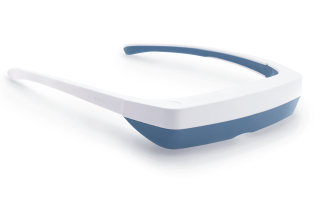
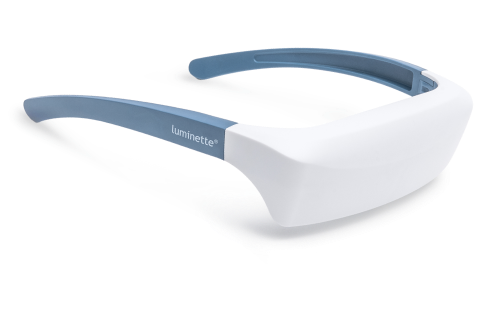
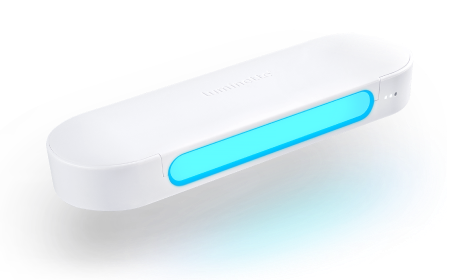
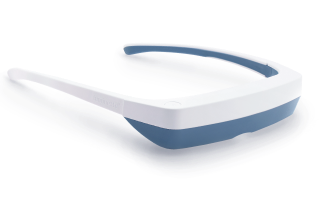
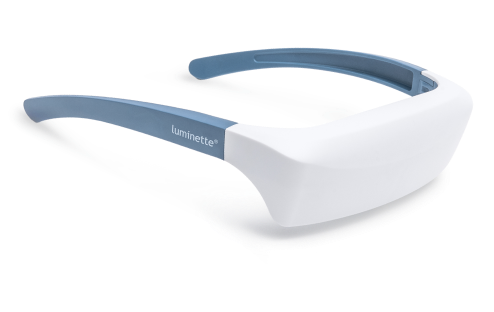

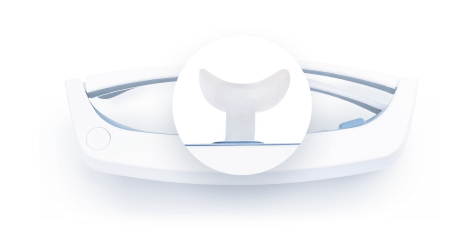
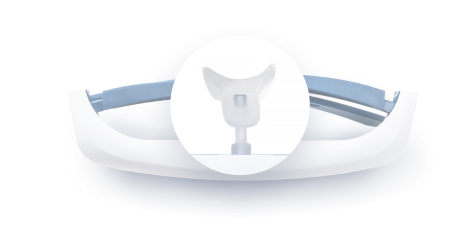
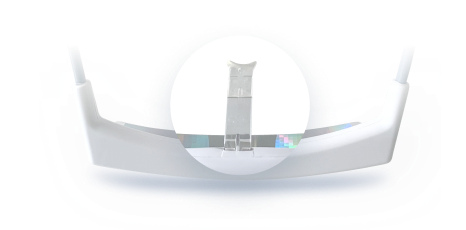
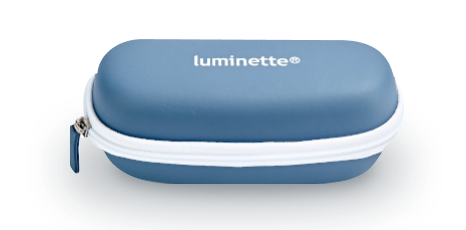
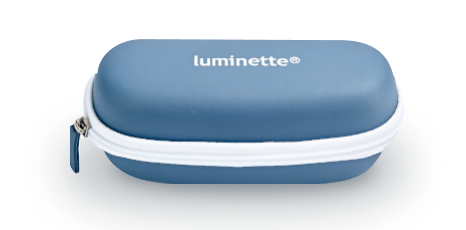




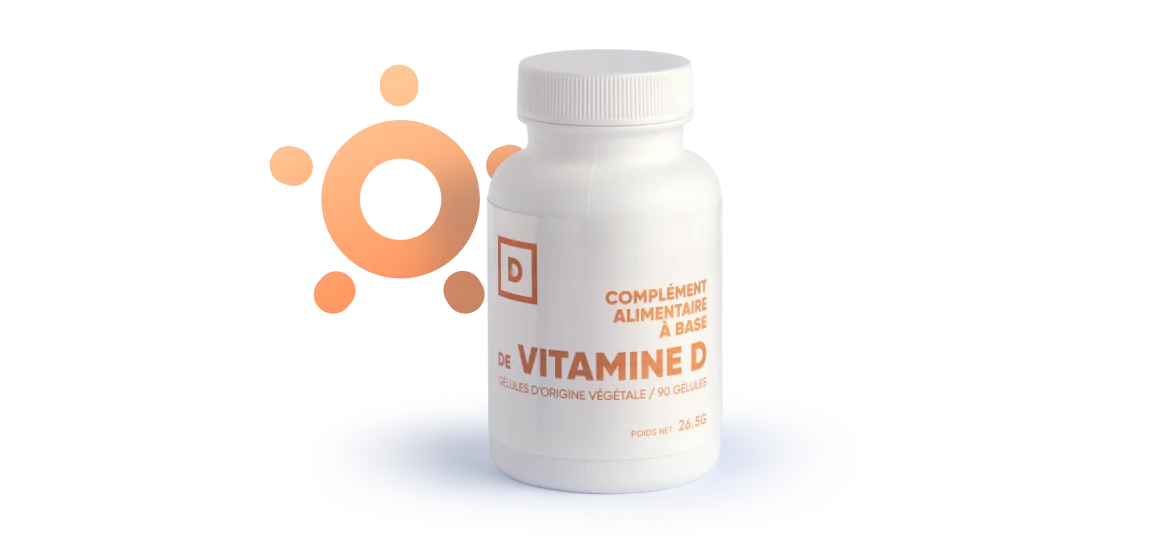
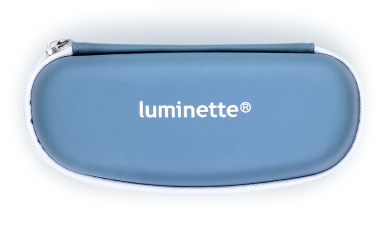
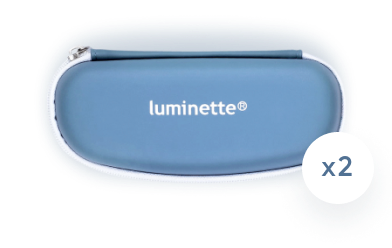
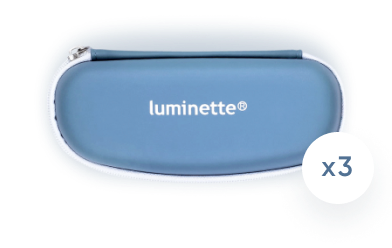
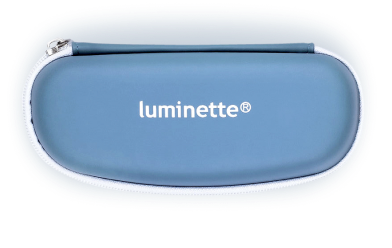


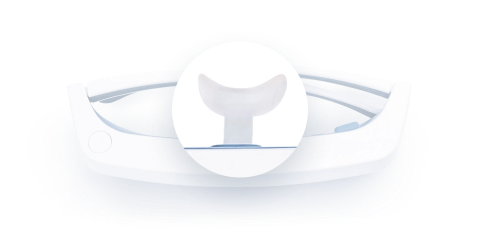

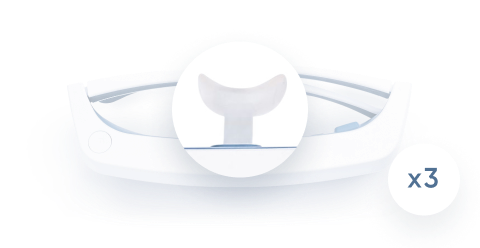






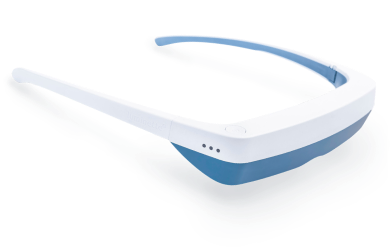
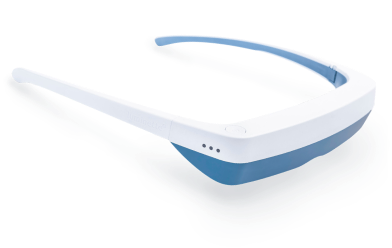
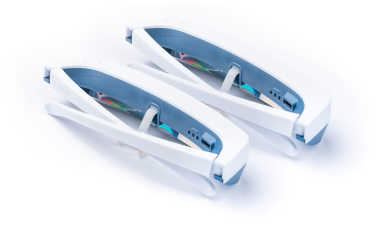
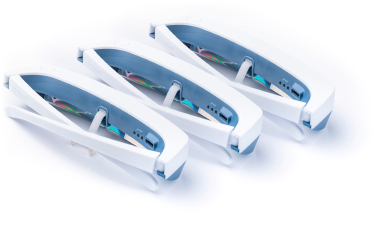
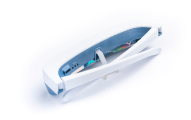
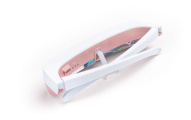

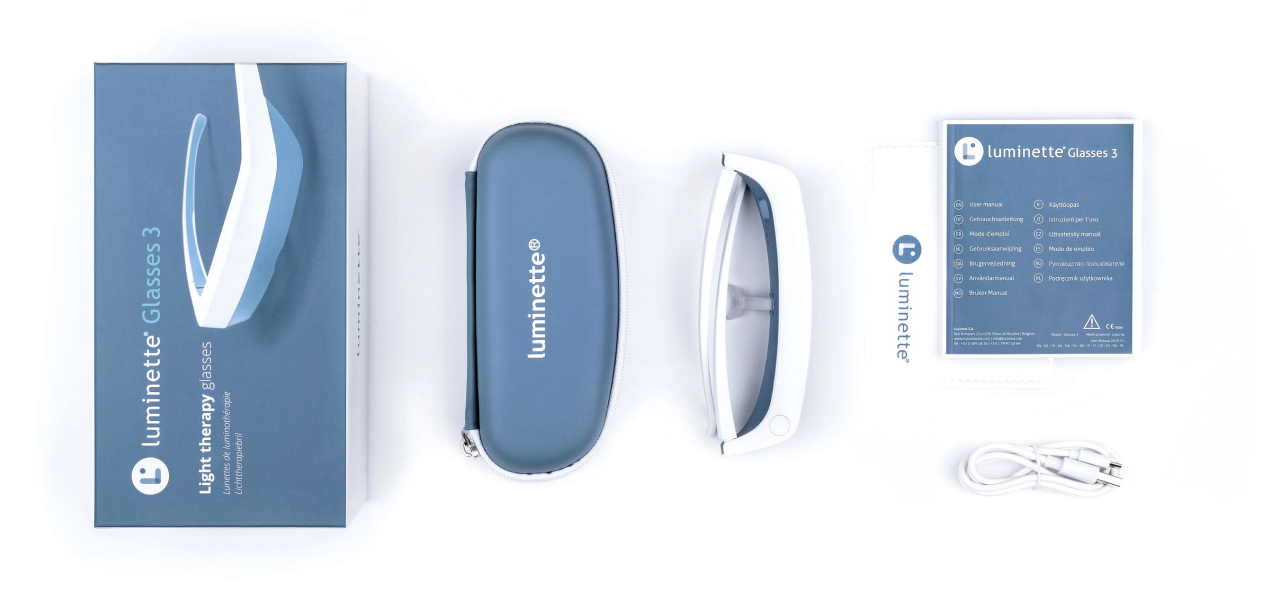
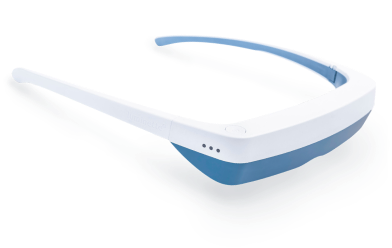
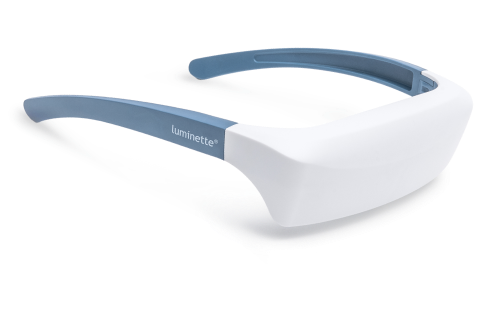
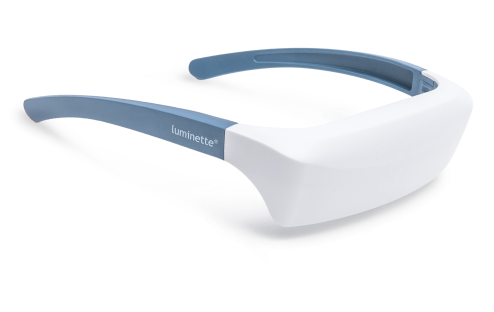

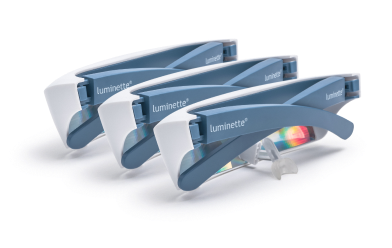

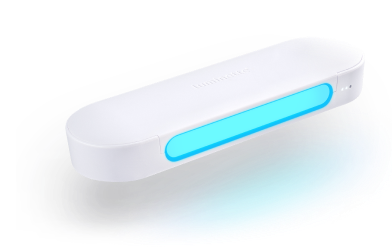
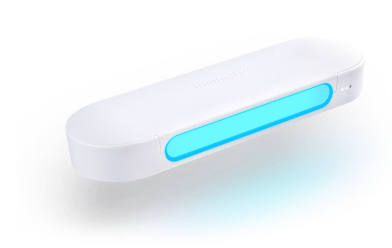

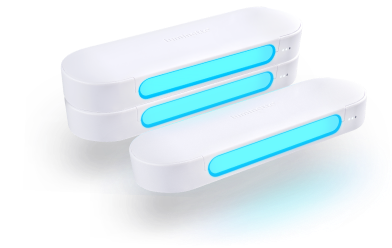


 Please note
Please note



